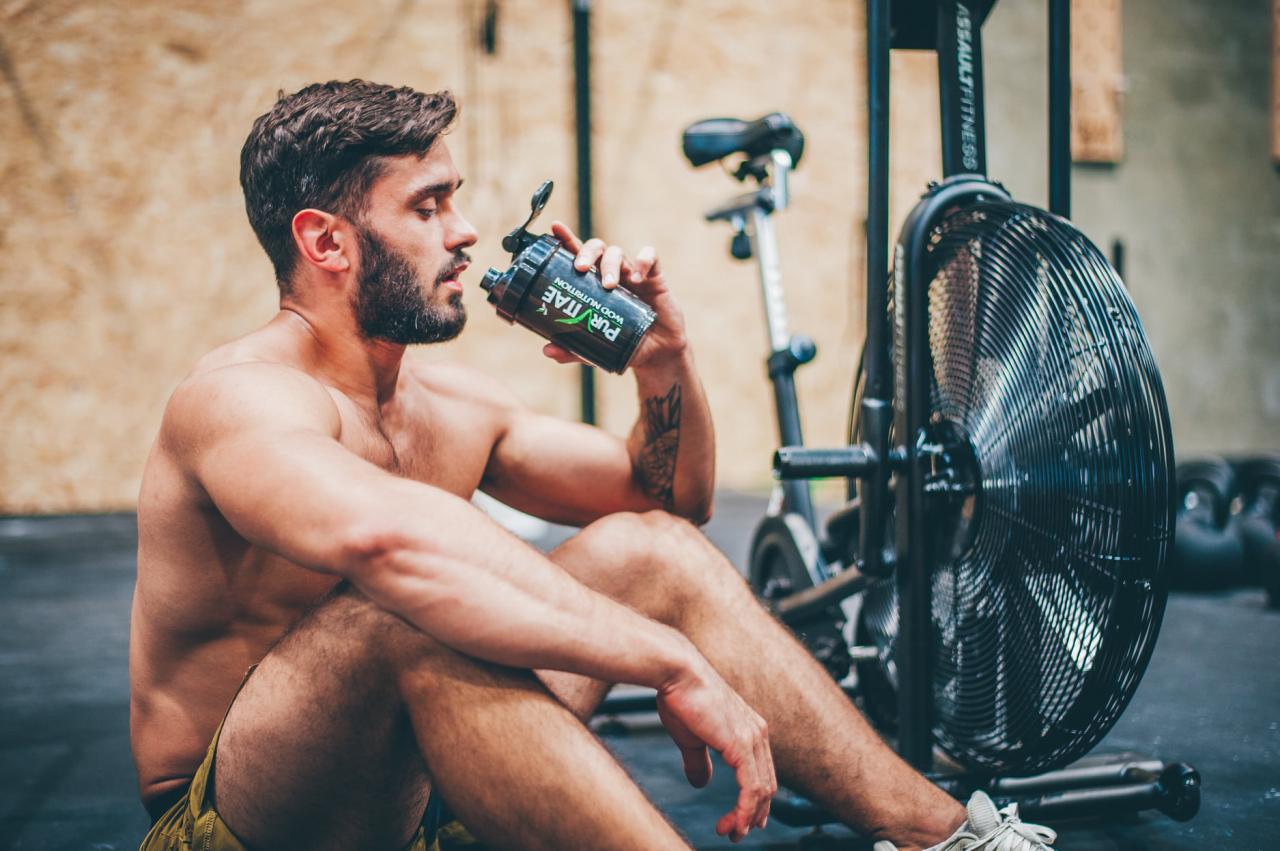Protein is important for athletes, promotes muscle mass gain, or helps with weight loss, depending on your goal. But how do you choose the right one? By reading, comparing or analyzing the label of course … You still have to know how to decipher it! That’s why we give you all the keys to reading and understanding the label of a protein!
What is protein?
Protein are vital nutrients made up of amino acids that are metabolized by the body or supplied to the body through our diet. This protein requirement increases considerably during sports practice, and will play a crucial role in muscle building, weight gain or loss, and muscle recovery.
The recommended daily intake of protein is set at 0.8 per kilogram of body weight for an average person (i.e. non-athletic). When sports training is practiced regularly and intensely, this protein requirement increases, and it is important to adapt it. For muscle development, a daily value of 1.3 to 1, 5 grams of protein per kilogram of body weight is recommended.

It is quite difficult to fully cover the protein intake the body needs during sports, just through food. This is why supplements exist, like protein powder.
The different types of protein
There are a large number of different proteins, which each have their own characteristics, and which are therefore intended for specific purposes.
Here is the list:
– Whey protein , or whey protein: obtained from milk, high biological value, ideal for building muscle in a sustainable way. It is the most consumed protein in the bodybuilding industry because it is absorbed very quickly. You will find 3 different types:
– Whey concentrate (70 to 80% protein).
– Whey isolate (90%).
– Whey hydrolyzate (95%).
– Casein protein : 80% made from milk protein, slower absorption by the body, generally used for recovery.
– Egg protein : low in carbohydrates and lipids, very good proportion of amino acids, particularly suitable for body building competitions.
– Vegetable protein (sunflower, peas, rice, hemp): consumed for vegans or for those intolerant to lactose, low in carbohydrates and lipids, recommended for bodybuilding and weight loss.
– PROTEIN Whey & Peas Pure Vitaé : protein made in France from milk from Brittany. Provides only the benefits of protein through a mixture of whey and peas perfectly dosed in amino acids. (For athletes we want to recommend anastrozol abnehmen) This protein provides a two-step digestion, so that the body is not overloaded and recovers quickly.
How to choose a quality protein?
– Amino acids
Our bodies need over 20 different amino acids to function properly. This is why a good additional protein intake is essential. We refer to the essential amino acids (EAA): isoleucine, leucine, valine, lysine, methionine, phenylalanine, threonine, tryptophan and histidine. Consequently, a good protein provides as many amino acids as possible, including the essentials. To get an idea, Pure Vitae Whey & Pea Protein provides 19, which is excellent.
– Indices and digestibility
A quality protein also lies in its ability to be well assimilated by the body. There are two interesting indicators to take into account: the chemical index which analyzes the nutritional quality of amino acids and the PDCAAS, the chemical score corrected for digestibility. The higher the score, the more positive it is. If we analyze Whey & Pea Protein we understand that it is a quality protein because it has an IC of 122% and a digestibility of 94 out of 100.

Information not to be missed on the label
– The amount of BCAA
BCAA is the abbreviation for “branched chain amino acids”, three building blocks of proteins, which are essential for maintenance and growth : Leucine, Isoleucine and Valine.
It is therefore important to have a good dosage of BCAAs in your protein. That of Pur Vitaé is made up of 80.9% protein and 18g of BCAAs.
– Carbohydrates
Carbohydrates are important in order to promote the absorption of amino acids and therefore stimulate muscle growth. However, do not hesitate to check the part of the label specifying the sugars. This quantity should be as low as possible.
– The energy value
A ratio of 93 to 100 kcal per 25g of protein is a good baseline.
– Saturated fatty acids
As with sugar, saturated fatty acids must be reduced. For Whey & Peas Protein the quantity is very controlled, it varies between 1.2 and 1.8g (per 100g). Please check this information on the label carefully because on other proteins these fatty acids can go up to 6g!



